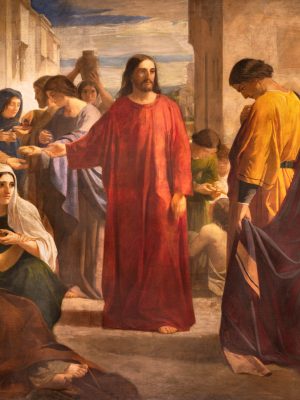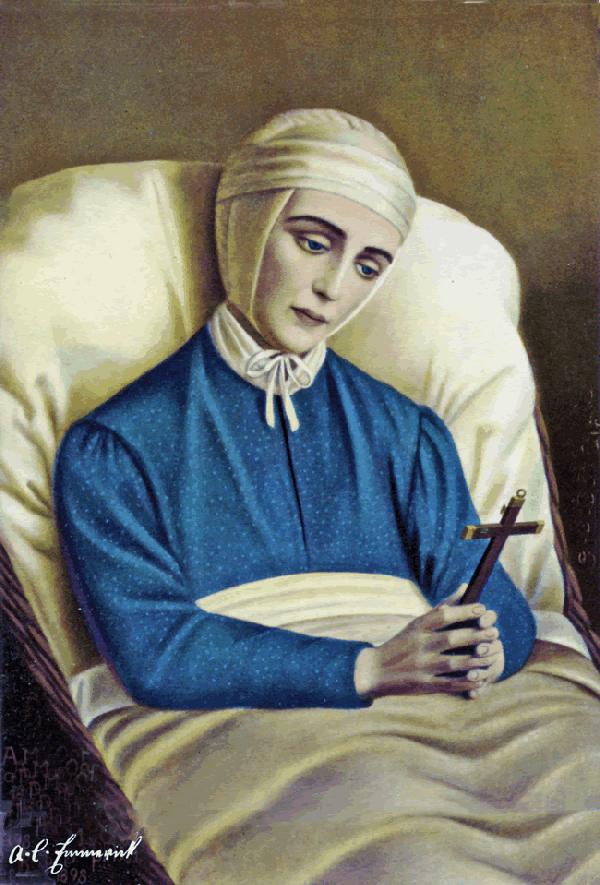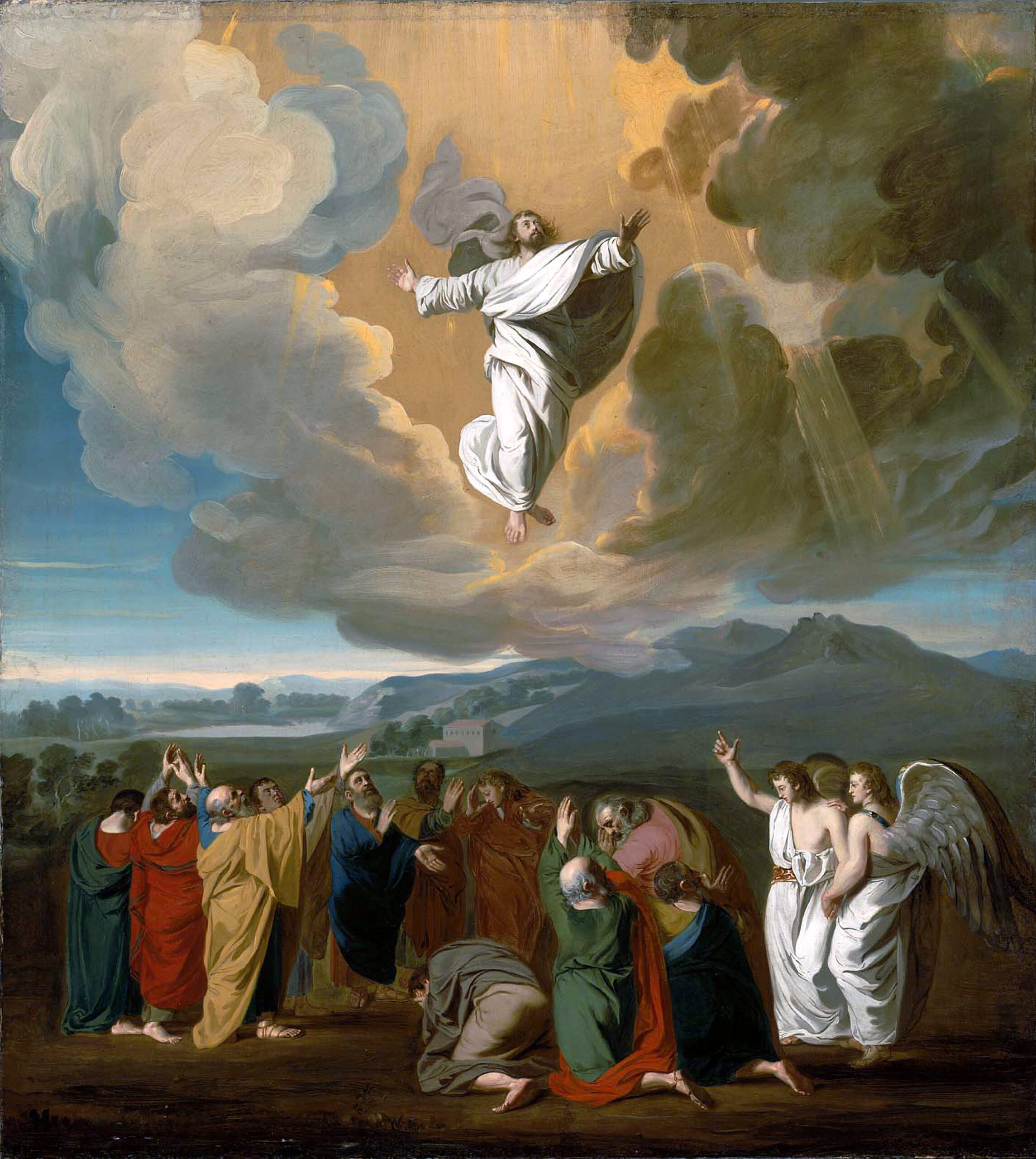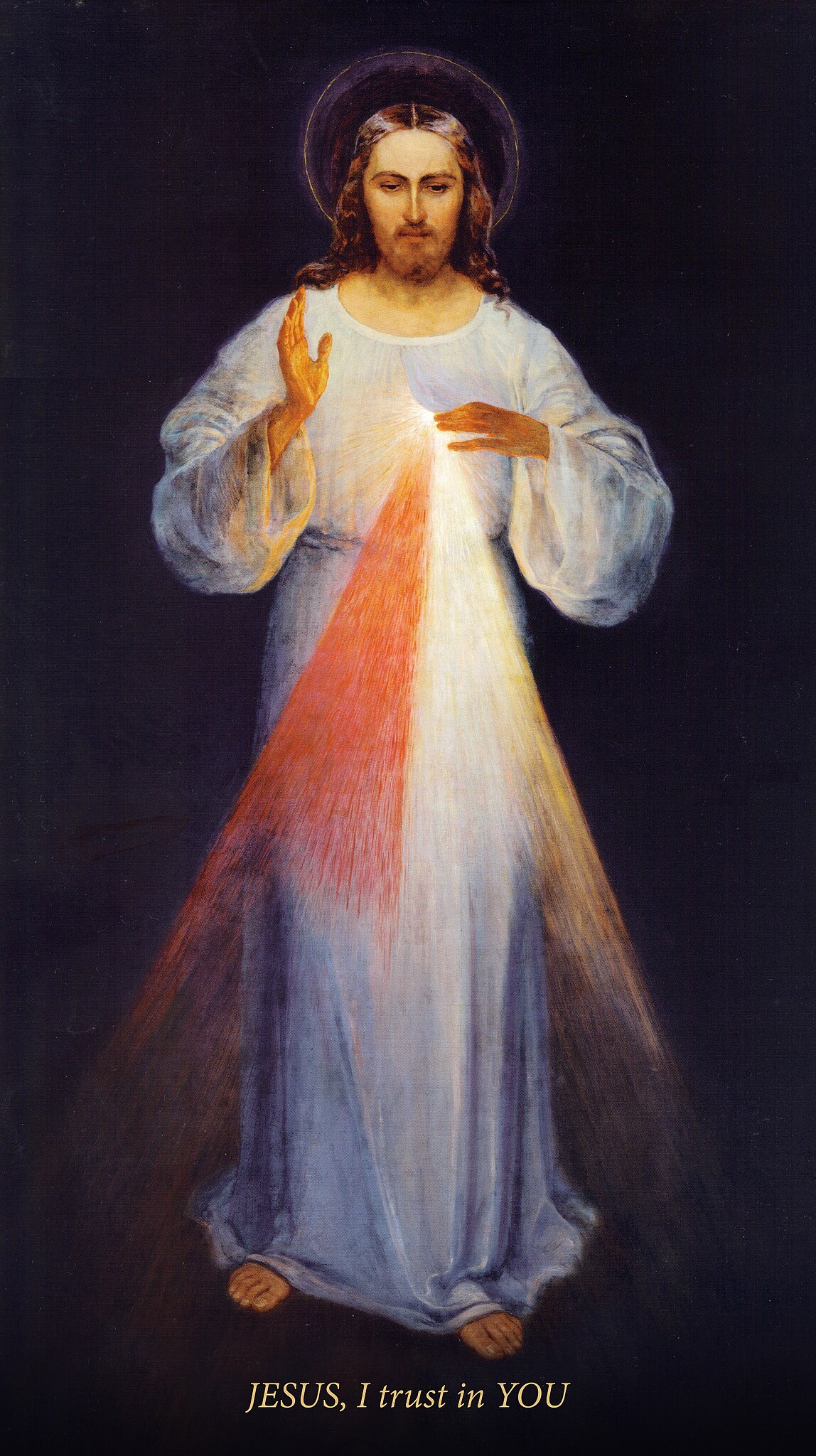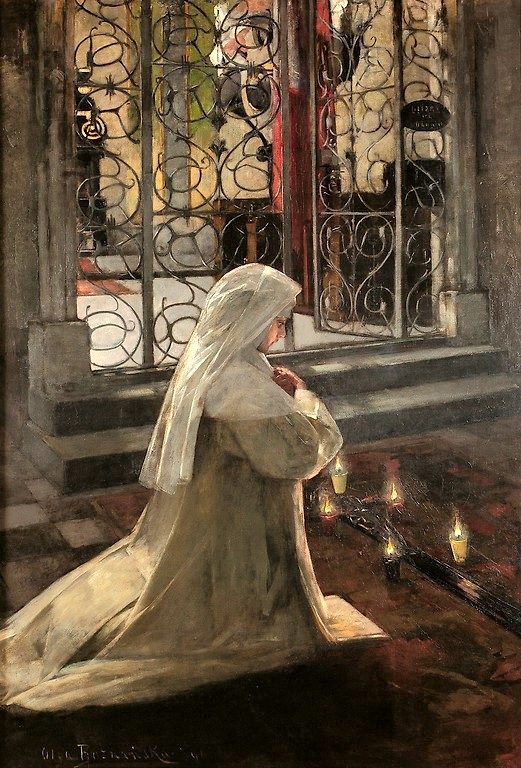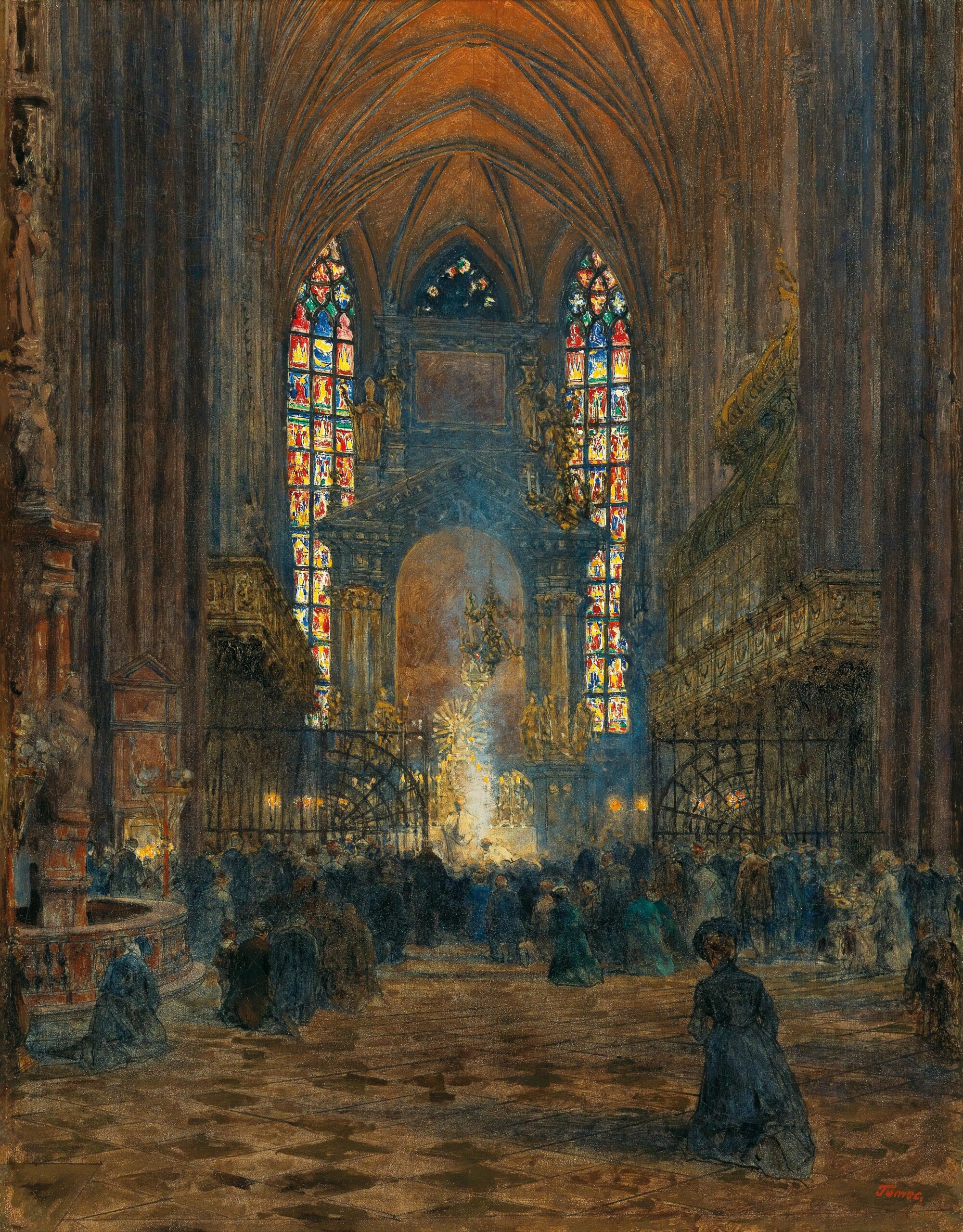Blessed Anne Catherine Emmerich, a visionary, mystic, and stigmatist, was blessed with vivid revelations of the life of Christ, including many unknown details of His Passion. In The Dolorous Passion of Our Lord Jesus Christ, Blessed Anne’s visions provide rich and intimate knowledge about Christ’s suffering, drawing us close to Him in heart-rending meditation and love. The following excerpt describes Jesus’s encounter with the two thieves who were crucified alongside Him.
As soon as the executioners had crucified the two thieves and divided the garments of Jesus between them, they gathered up their tools, addressed a few more insulting words to Our Lord, and went away. The Pharisees, likewise, rode up to Jesus, looked at Him scornfully, made use of some opprobrious expressions, and then left the place.
The Roman soldiers, of whom a hundred had been posted round Calvary, were marched away, and their places filled by fifty others, the command of whom was given to Abenadar, an Arab by birth, who afterwards took the name of Ctesiphon in Baptism; and the second in command was Cassius, who, when he became a Christian, was known by the name of Longinus: Pilate frequently made use of him as a messenger.
Twelve Pharisees, twelve Sadducees, as many Scribes, and a few Ancients, accompanied by those Jews who had been endeavoring to persuade Pilate to change the inscription on the Cross of Jesus, then came up: they were furious, as the Roman governor had given them a direct refusal.
They rode round the platform, and drove away the Blessed Virgin, whom St. John led to the holy women. When they passed the Cross of Jesus, they shook their heads disdainfully at Him, exclaiming at the same time, “Vah! Thou that destroyest the temple of God, and in three days buildest it up again, save thyself, coming down from the cross. Let Christ, the king of Israel, come down now from the cross, that we may see and believe.”
The soldiers, likewise, made use of deriding language. The countenance and whole body of Jesus became even more colorless: He appeared to be on the point of fainting, and Gesmas (the wicked thief) exclaimed, “The demon by whom he is possessed is about to leave him.” A soldier then took a sponge, filled it with vinegar, put it on a reed, and presented it to Jesus, who appeared to drink.
“If thou art the King of the Jews,” said the soldier, “save thyself, coming down from the cross.”
These things took place during the time that the first band of soldiers was being relieved by that of Abenadar. Jesus raised His head a little, and said, “Father, forgive them, for they know not what they do.”
And Gesmas cried out, “If thou art the Christ, save thyself and us.”
Dismas (the good thief) was silent, but he was deeply moved at the prayer of Jesus for His enemies.
When Mary heard the voice of her Son, unable to restrain herself, she rushed forward, followed by John, Salome, and Mary of Cleophas, and approached the Cross, which the kindhearted centurion did not prevent.
The prayers of Jesus obtained for the good thief a most powerful grace; he suddenly remembered that it was Jesus and Mary who had cured him of leprosy in his childhood, and he exclaimed in a loud and clear voice, “How can you insult Him when He prays for you? He has been silent, and suffered all your outrages with patience; He is truly a Prophet—He is our King—He is the Son of God.”
This unexpected reproof from the lips of a miserable malefactor who was dying on a cross caused a tremendous commotion among the spectators; they gathered up stones, and wished to throw them at him; but the centurion Abenadar would not allow it.
The Blessed Virgin was much comforted and strengthened by the prayer of Jesus, and Dismas said to Gesmas, who was still blaspheming Jesus, “Neither dost thou fear God, seeing thou art under the same condemnation. And we indeed justly, for we receive the due reward of our deeds; but this man hath done no evil. Remember thou art now at the point of death, and repent.”
He was enlightened and touched: he confessed his sins to Jesus, and said: “Lord, if thou condemnest me it will be with justice.” And Jesus replied, “Thou shalt experience my mercy.” Dismas, filled with the most perfect contrition, began instantly to thank God for the great graces he had received, and to reflect over the manifold sins of his past life.
All these events took place between twelve and the half-hour shortly after the crucifixion; but such a surprising change had taken place in the appearance of nature during that time as to astonish the beholders and fill their minds with awe and terror.
ooo
This article is taken from a chapter in The Dolorous Passion of Our Lord Jesus Christ by Blessed Anne Catherine Emmerich, which is available from TAN Books.


